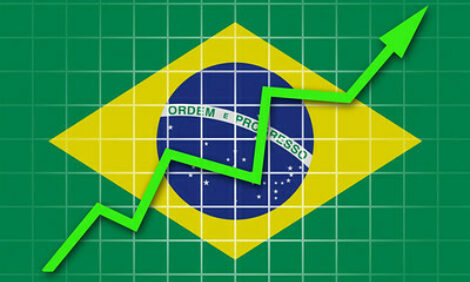



Trade Restrictions Leading to Growth in Russian Poultry Production
RUSSIA - Forecasts from the US Department of Agriculture's Foreign Agricultural Service (FAS) predict Russian broiler production will increase to 3.65 million metric tons (MMT) in 2016.Producers are expected to benefit from stable feed prices and reduced imports resulting from favourable exchange rates and restrictive trade policies.
Poultry producers are experiencing encouraging feed prices in Russia at the moment, due to the export duties placed on wheat by the government. Russian consumers are experiencing hard times economically, but poultry meat demand has remained stable, most likely because of its status as a cheaper source of protein.
Broiler meat consumption in 2016 is expected to stabilise at 3.705 MMT, slightly lower than 3.735 MMT in 2015. Russian government officials report that the economic slowdown is anticipated to recede in 2016. If true, it would most likely lead to consumer demand shifting back to other meat products, primarily pork.
Local products continue to replace imports in Russia, as the latest FAS report decreased the 2015 import forecast by 100,000 MT anticipating only 220,000 MT of broiler meat shipments in 2015.
Overall, poultry meat imports are expected to drop by approximately 50 per cent compared to the previous year due to the decline in value of the ruble and the closure of the market to many trading partners, due to the import embargo undertaken by Russia in reaction to Western sanctions.
There is, however, a risk of broiler meat market over-saturation despite the continued restrictions placed on certain important foreign suppliers.
The risk of over-saturation of the Russian broiler meat market is expected to heighten in 2016 as the market sees growing production and competition among local producers resulting in possible declines in poultry prices for consumers.
The Russian government has announced further support to the domestic poultry industry, both financially and in seeking new export markets, as the industry faces increased financial risks.
The report forecasts moderate growth of Russian poultry exports in 2016 to 45,000 MT. While the Eurasian Economic Union markets (namely Kazakhstan) will likely remain the major destination for Russian broiler meat, exports to the Middle East and Africa may also increase in the following years as Russian producers begin focusing on those markets.











